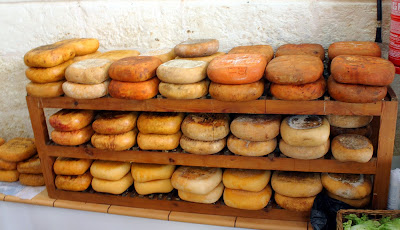My weekend was rather uneventful when a visit to the hills near Oakenclough and a mooch around the ringing plantation proved somewhat disappointing. I’d hoped to locate a few Willow Warbler nests but not taken into account how cool, wet, windy and changeable the Lancashire uplands had been during my two weeks in the warm Mediterannean.
In the course of getting very wet feet I managed to locate at least 12 Willow Warbler territories without more than a sniff of where a few nests might be located. The first week of June is the historical peak of nesting activity with over the years c400 Willow Warbler nestlings ringed. A week or ten days of dry weather should see more intense activity as well as making the site more negotiable.
Willow Warbler
During the watching and listening I ringed 3 Willow Warblers, all three showing the necessary signs of breeding activity. A Stoat ran across the road and into the ringing site. I hope it has a dietary preference for voles rather than Willow Warbler eggs or nestlings.
Willow Warbler
There was a male Cuckoo doing the rounds all morning, flying over the fells, stopping off to “cuckoo” from the topmost point of a stand of pines, heading off towards Oakenclough and then circuiting the ringing station, a tour of a mile or two in the hope of attracting a female. There’s a regular Kestrel too and probably as a result of the number of voles amongst the heather and bilberry, the little animals darting back into the crevices as my feet sloshed through the heavy ground.
I noted at least 4 overflying Lesser Redpoll, a pair of Pied Wagtails, 4 Swallow, 2 Bullfinch, 2 Mistle Thrush and 2 Song Thrush.
Song Thrush
Two pairs of Greylags have 7 young between them and appear to be operating a crèche or “safety in numbers” system whereby 4 watchful and wary adults don't miss much.
Greylag Goose
The Greylag or Greylag Goose Anser anser is the ancestor of the domestic goose and also the original “wild goose”, known in pre-Linnaean times known as the wild goose - Anser ferus.
The Greylag, a native of northern and central Eurasia, has been domesticated and raised for meat and egg production for over 1,000 years. It can be white or completely grey like the wild form or somewhere in-between as a result of interbreeding with other geese. The often strange looking offspring from such marriages are guaranteed to cause confusion amongst those starting out as birdwatchers.
The Greylag Goose is the only grey goose seen in numbers in the UK during the summer months. There are two breeding populations currently recognised - 1) the northwest Scotland (or native) population, which is the remnant of the population that once occurred more widely across Britain, and 2) the population of birds released primarily by wildfowlers during the period from the 1930s to the 1960s, birds which began the establishment of feral populations and a correspondent increase in the abundance and distribution of Greylags during the 20th and the early 21st centuries.
Greylag Goose
So because Greylag Geese might be of uncertain provenance they are mostly ignored or treated with suspicion by the average UK birder. Birders prefer to spend time looking at wholly migratory and “authentic” grey geese like Pink-footed Goose or White-fronted Goose. It’s rather a shame because Greylags are certainly a characterful and handsome goose but with an unfortunate lineage.
Half-term and grandad duties with Olivia and Isabella on Tuesday, Theo on Wednesday.
Back for more birding soon with Another Bird Blog.
Linking today to Stewart's World Bird Wednesday in Australia.
Back for more birding soon with Another Bird Blog.
Linking today to Stewart's World Bird Wednesday in Australia.

























































.jpeg)









.jpg)












